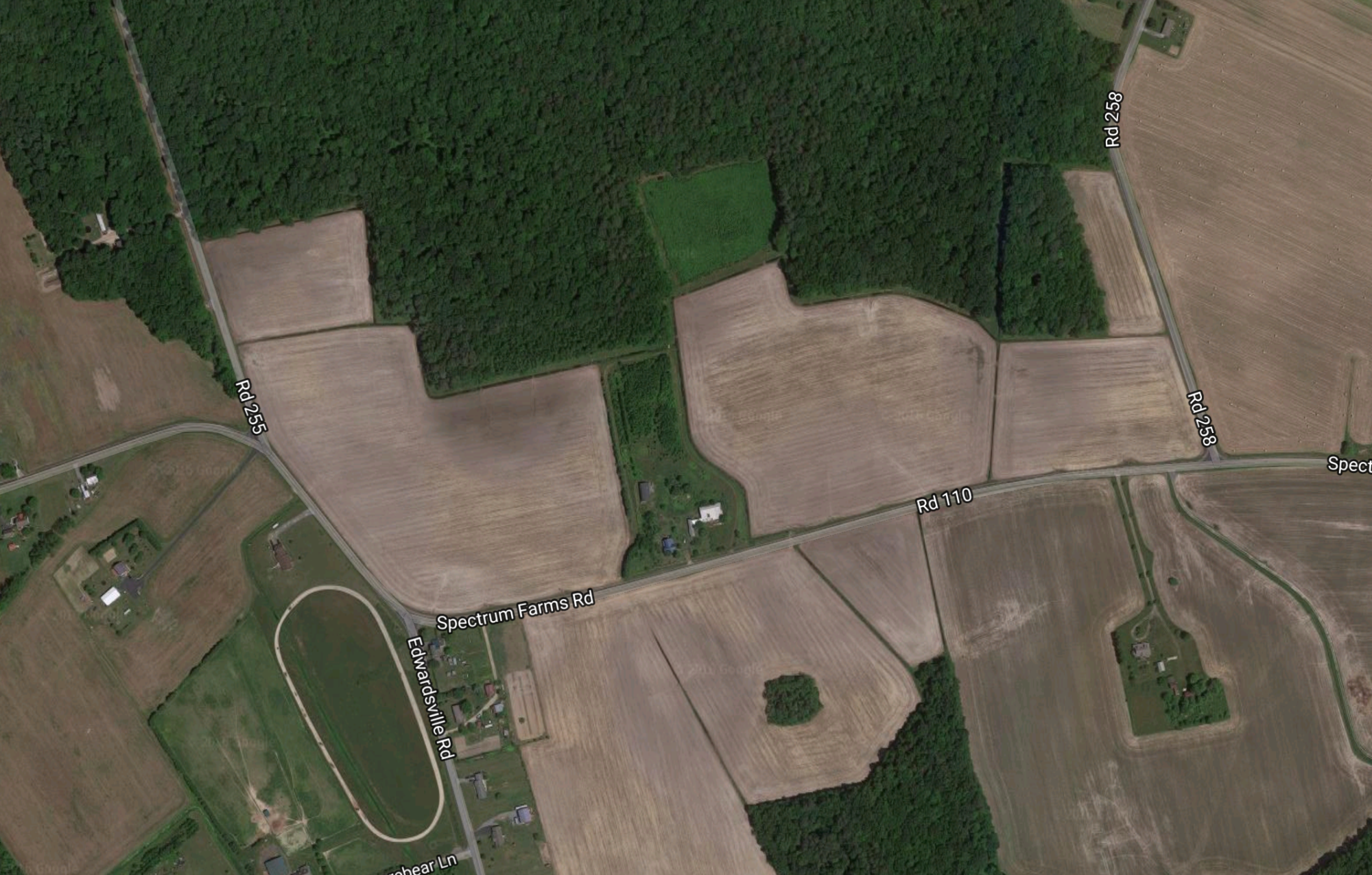In his “Landmarks of Tomorrow” published in 1957, republished in 1996, Peter Drucker introduced the seminal definition of knowledge workers where post-war (yes, World War II) organizations would form around the power of highly skilled workers and information to achieve organizational shared goals through increased performance. No longer the whole is equal to the sum of its parts (e.g., 1+1 = 2), Drucker suggested a non Descartian equation where the whole can be greater than the sum of its parts (e.g.., 1+1 > 2) because Drucker came to see that information flows and computing advances, even as far back as the late 50s and 60s, would dramatically affect and reshape the role of work, the resources needed to perform the work and how management would need to change to be effective as leaders and enablers. The knowledge worker definition has been one my key concepts and grounding principles as to how work can be organized for over 20 years.
Almost 60 years have passed since then and as we know, change is a constant.
Fueled by continuing technological advances, social media, digitization, the gig economy, increased worker desires for purpose and meaningful engagement, research from Accenture, Deloitte, SHRM, World Economic Forum and so many others is revealing a shift to a new type of worker has occurred – and likely soon to be (if not already) mainstream – that of the digital worker.
Despite the prevalence of information available, I had given this trend only nodding attention until I found the figure below from a recent article from Digitalist Magazine.

This simple illustration comparing use and sharing information, data-driven decision making, continuous learning and virtualization to drive toward objective completion really struck home. The Digitalist Magazine article suggests that organizations need to improve infrastructures and technologies to enable this trend.
No time like the present to gain a deeper understanding of this phenomenon as the nature of work definitely is changing.

